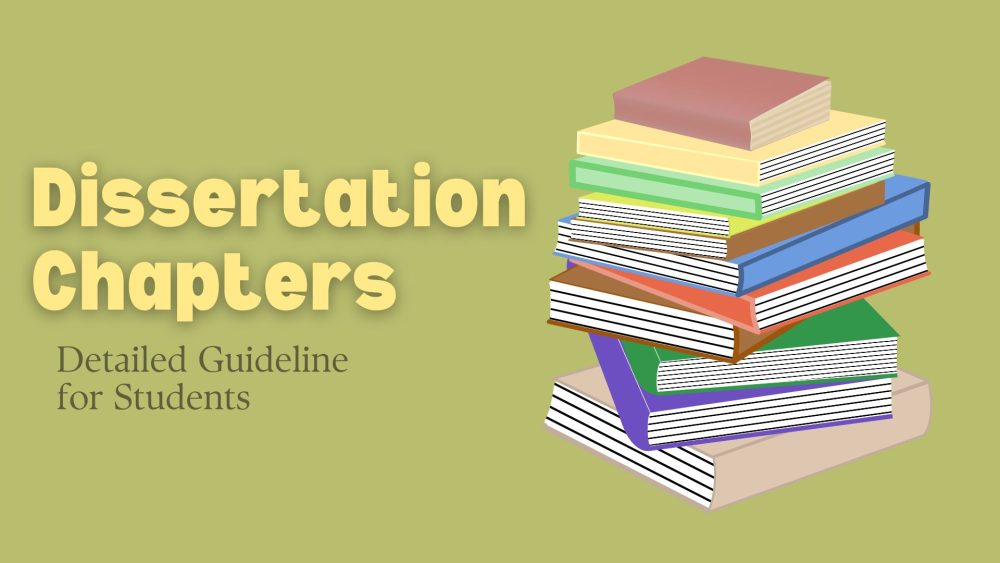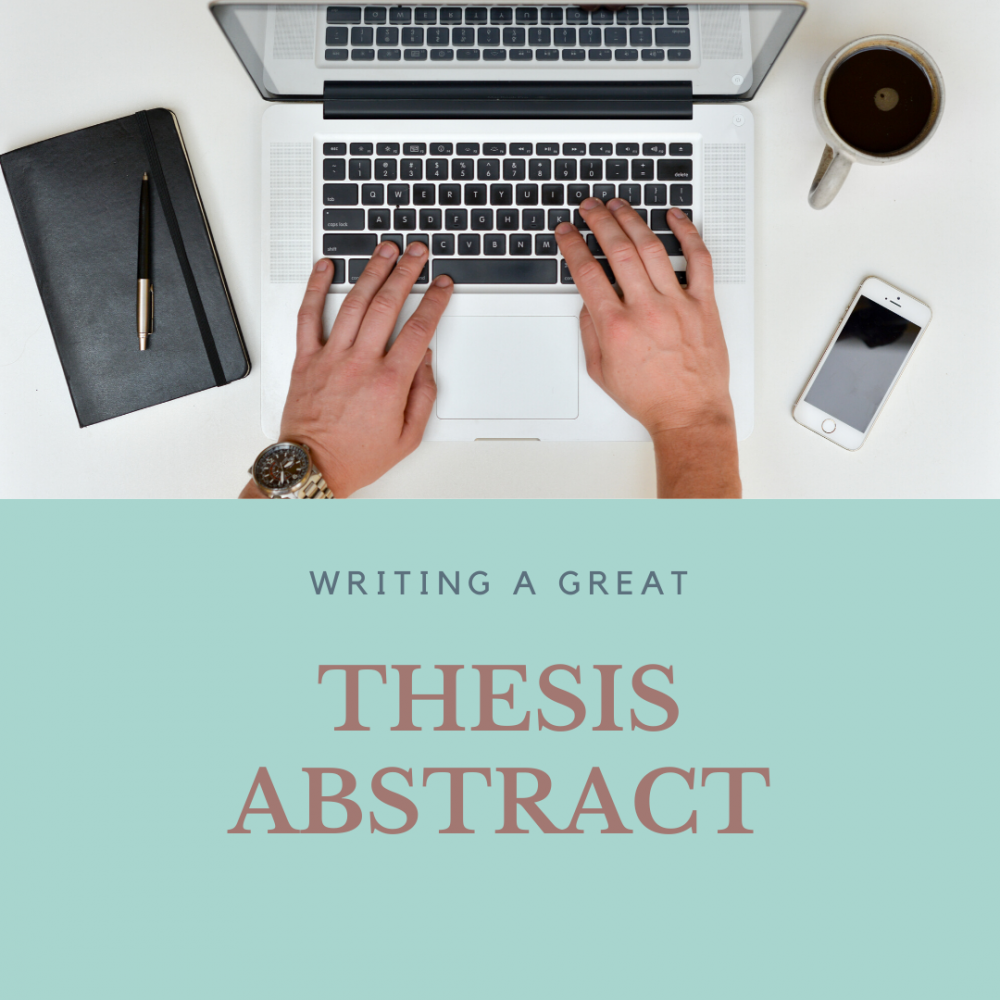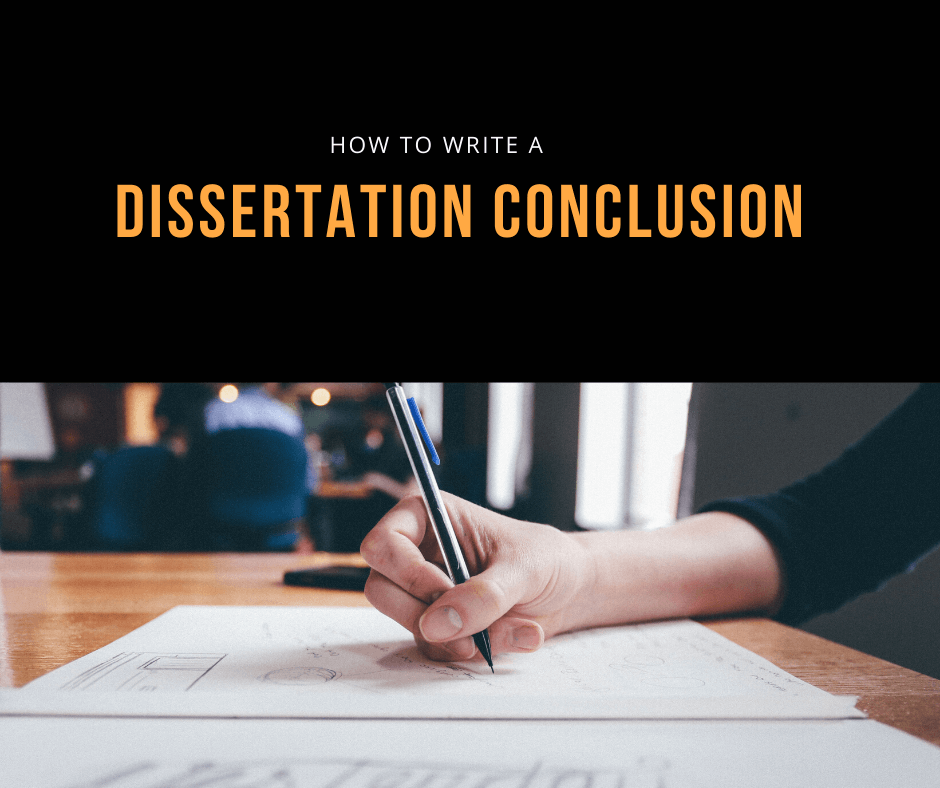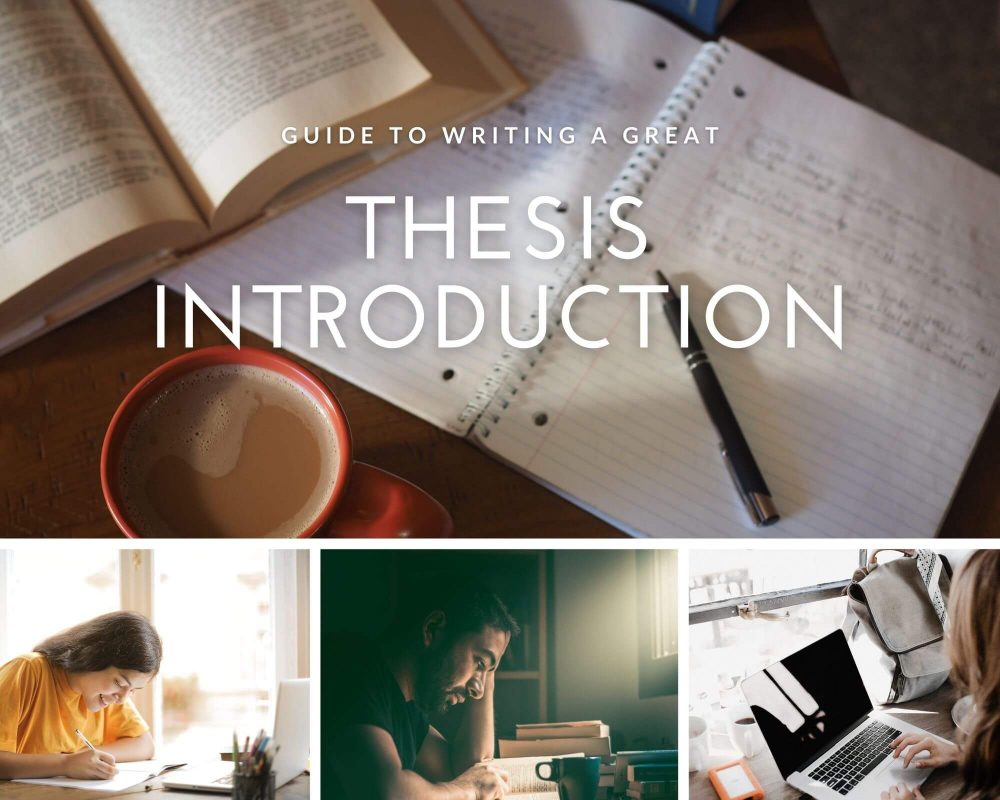If you are struggling to write your very first dissertation, we can assure you that you need some help. It’s impossible to write it correctly without knowing how it should be structured and what it should include. Keep in mind that the dissertation chapters are extremely important. Your paper needs to contain all of them, as well as some other elements that may be required by your school.
We are here to help. Our writers and editors have written thousands of dissertations on a wide variety of subject and topics, so we are your best source of information when it comes to writing the chapters in a dissertation. In this article, we will talk about the structure of the paper and about the chapters of a dissertation. We will discuss each chapter in depth, so you can understand what you need to do. Yes, we will even talk about the methodology dissertation structure.
In addition, we will discuss the abstract, the title page and even the acknowledgements. Finally, we will give you the best tips and advice on how to write the perfect dissertation without spending months working on it. A frequently asked questions section is also provided, in case you have some other questions. Let’s get started!
Table of Contents
- Dissertation Chapter Structure
- Title Page And Acknowledgements
- Writing An Abstract For A Dissertation
- Learn How To Write A Dissertation Introduction The Right Way
- Literature Review Chapter
- Structure Of Methodology In Dissertation
- Results Section Of Dissertation
- Discussion Chapter Of A Dissertation
- Frequently Asked Questions
Dissertation Chapter Structure
First, let’s talk a bit about the dissertation chapter structure. As you probably already know, each dissertation chapter has its role and each one is extremely important. You can’t submit a dissertation without the results section, or the discussion section, for instance. However, there are several other things that you may need to include in your paper. Here is the dissertation chapter outline that contains everything your school or supervisor may ask for:
- Title page (also known as the cover page). It must contain your name, your professor’s name, your dissertation title, and the date. Your school has precise guidelines; use them to format this page.
- Acknowledgements. Some schools require this section, while others do not. If your school demands it, you can use this section to list the people who have helped you during your research.
- Abstract. Also known as an executive summary, the abstract is not mandatory. Some universities require it though. It is basically an extremely condensed version of your dissertation (under 500 words) that should help another scholar understand what you’ve accomplished (and how).
- Table of contents. This section is mandatory in all dissertations. The table of contents should list all the titles and subtitles in your paper, as well as all the preliminary and supplementary pages. Your school most likely has a set of guidelines you need to follow when formatting this page.
- Introduction chapter.
- Literature review chapter.
- Methodology chapter.
- Results chapter.
- Discussion chapter. This is also the chapter that contains the conclusion, although some schools may ask for a separate chapter named Conclusion.
- Reference list.
- Appendix.
Title Page And Acknowledgements
When talking about the various parts of a dissertation, there are some things that are mandatory and some that are optional. For instance, the title page is mandatory. The acknowledgements page, on the other hand, is not. Some universities request it, so you should carefully read the requirements of your school.
In case you need to write an acknowledgements section, you must list every person who has helped you academically or professionally. Your supervisor is definitely one of them. If you have received funding, thank the people who have contributed. You can also include other academics that have helped you with information or any other things. And yes, you can even include your family and friends, if they’ve contributed in any way to your project.
Writing An Abstract For A Dissertation
If you want to learn how to write a dissertation abstract, it means that your supervisor or school requires it. Scholarly journals always require an abstract, while student papers don’t require one to be written – unless otherwise instructed by your supervisor.
Don’t get into details and don’t talk about things that are not essential. A perfectly written abstract is one that allows a scholar to understand what your paper is all about simply by reading it.
Writing an abstract for a dissertation is not difficult. Start by summarizing your paper and then edit the abstract a few times, eliminating everything you deem unnecessary. You will be left with a concise summary of no more than 500 words (we recommend around 300 to 350 words).
Learn How To Write A Dissertation Introduction The Right Way
You probably don’t know how to write a dissertation introduction. The good news is that it is not too different from any other introduction you have written for any of your research papers so far. Your introduction should thoroughly introduce the problem and show your readers why it is important to close this gap in knowledge. Here is what a good introduction should contain:
- A bit of background on the problem.
- The statement of the problem.
- The purpose of your research.
- The importance of your research.
- All relevant research questions.
- A definition of terms.
- Any assumptions you’ve made and any limitations of your research.
- A short conclusion.
You can use the structure above to write your introduction, of course. The short conclusion at the end of the chapter should make a swift transition to the next chapter: the Literature review.
Literature Review Chapter
The literature review discusses the various sources you have read on the topic. This literature review should clearly identify a gap in research (which you are about to close). It is used to show other scholars that you know and understand the most important literature on the topic you are about to discuss. Here is the structure of a literature review chapter:
- Introduction. Explain the purpose of the literature review and provide a bit of background information on the scholarly context.
- The literature review. This is where the review will be written, but you can always split this section into several subsections. Identify themes, talk about time periods, or use the methodological approach. Make sure you summarize the literature, analyze it thoroughly and then interpret it.
- Conclusion. Talk about the key facts you have learned about while making the literature review and explain how your research unearths new data and information that closes a gap in knowledge.
Structure Of Methodology In Dissertation
In this section, we will talk about the Methodology chapter and show you how to write methodology for dissertation as quickly as possible while avoiding the most common mistakes students make when writing this chapter. Let’s start by showing you the structure of methodology in dissertation:
- A short introduction that discusses the research aims of your study. Make sure your readers don’t forget what your project is all about.
- The research design section. This is where you discuss each and every one of the methods (interviews, experimental research, computer-assisted data collection, data mining, surveys, focus groups, etc.) you have used to gather data for your research. Provide as many details as possible, so that another scholar can reproduce your experiment and get similar results.
- The limitations of your methods. This is where you discuss the limitations that you have observed during your research. They can be simple things, like time or money, or subtle things like selection bias. Remember to write in a critical manner but without putting too much emphasis on the weaknesses in your study.
- The conclusion is where you summarize everything you’ve talked about and make a smooth transition to the next chapter: the Results. And whatever you do, don’t include any new information in the conclusion.
Of course, you can alter this dissertation methodology structure as you see fit. However, make sure you include the most important information about the methods that you have used to gather the data.
Results Section Of Dissertation
You probably don’t yet know how to write the results section of a dissertation. Don’t worry about it; none of the other students knew how to write one either. Truth be told, writing the results section of dissertation is not as difficult as you may think.
Discussion Chapter Of A Dissertation
Most students aren’t sure how to write a discussion for a dissertation correctly. There is a bit of confusion when it comes to this chapter because the structure of the dissertation is different from the structure of the research paper.
The discussion dissertation supervisors love is one that interprets the data in the results chapter, discusses all the implications, talks about the limitations, and makes relevant recommendations. Wrap everything up with a conclusion. It can be one or two paragraphs long and should restate your thesis. In the conclusion part of the discussion chapter, summarize your research and findings, then emphasize how your results answer the research questions and fill the gap in knowledge. You can end the conclusion with a strong call to action.
Need Some Dissertation Help?
Becoming a PhD graduate can take years of hard work and serious efforts, regardless of the university you are attending. If you want to make sure you get the best outcome from your dissertation, you should get some help from our highly educated (and very experienced) dissertation writing experts. We can help you with the best research services, PhD dissertation writing services and editing services for some of the most affordable prices on the market. If you’ve already written your paper, we can proofread it for you to make sure it’s perfectly written.
Our company specializes in creating custom, high quality academic content for students all around the world. Of course, we write everything from scratch, so your dissertation will be unique. Every professor in the dissertation committee, as well as your supervisor, will absolutely love our work. In other words, you will get top marks and your paper will most likely receive the high first class award. After all, all our writers and editors hold at least one PhD and they all have extensive experience writing dissertations on a wide array of subjects and topics.
Every student who works with us is safe and secure. We have been around for more than a decade, during which time we have helped thousands of students do an exceptional job on their dissertations. If you want to enlist our professional help, or if you just want to ask us a couple of questions, don’t hesitate to get in touch with us!
Frequently Asked Questions
Check out these commonly asked questions about dissertation chapters:
Q: Can you teach me how to write an abstract for dissertation?
A: Yes, we can. We can show you some great examples or edit your own work to make it perfect. If you’re running out of time, we can write it for you from start to finish.
Q: Where can I find an example of methodology chapter in dissertation?
A: You can find a dissertation methodology chapter sample online, of course. However, most of them are poorly written. To get a usable example, you could get in touch with our experienced thesis helpers.
Q: So, how many chapters in a dissertation?
A: The dissertation contains 5 major chapters, but there are also other sections of dissertation: a cover page, an acknowledgements page, and even an abstract.
Q: What is the introduction in a dissertation?
A: The introduction is the place where you provide background information on the topic and show your readers what your research is all about (your aim).
Q: How do I generate a table of contents?
A: If you are using a word processor, you need to apply a style to each heading and subheading. This includes the reference list and appendices. Most word processors are able to automatically generate a table of contents if the headings and subheadings have been formatted correctly.
Q: Can you guys send me a results section of dissertation example?
A: If you are an undergraduate struggling with his first dissertation, don’t hesitate to send us a message. We can help you with a sample of a results section.
Q: What kind of discussion chapter dissertation coordinators love the most?
A: The discussion chapter needs to be critical and must address the implications of the results, as well as the limitations of your research. Emphasize how the results support your thesis, but also acknowledge that there are some limitations.














